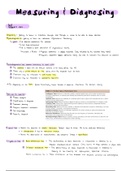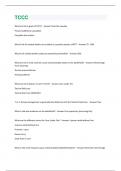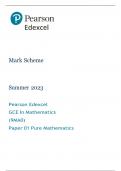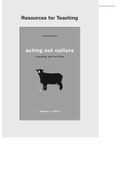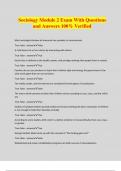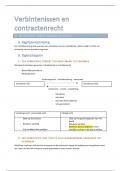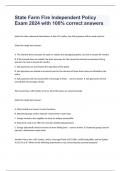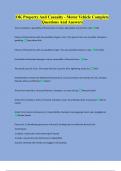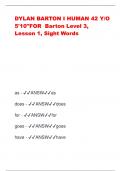Samenvatting
Summary Measuring & Diagnostics 1 - English - Year 1, Period 4 - VU Psychology
- Instelling
- Vrije Universiteit Amsterdam (VU)
This is a visual English summary of the Measuring & Diagnosing 1 psychology course at the VU Amsterdam (first years). There is also a bundle available where this summary is combined with the Social Psychology course, you can find that bundle on this page as well. Good luck!
[Meer zien]
